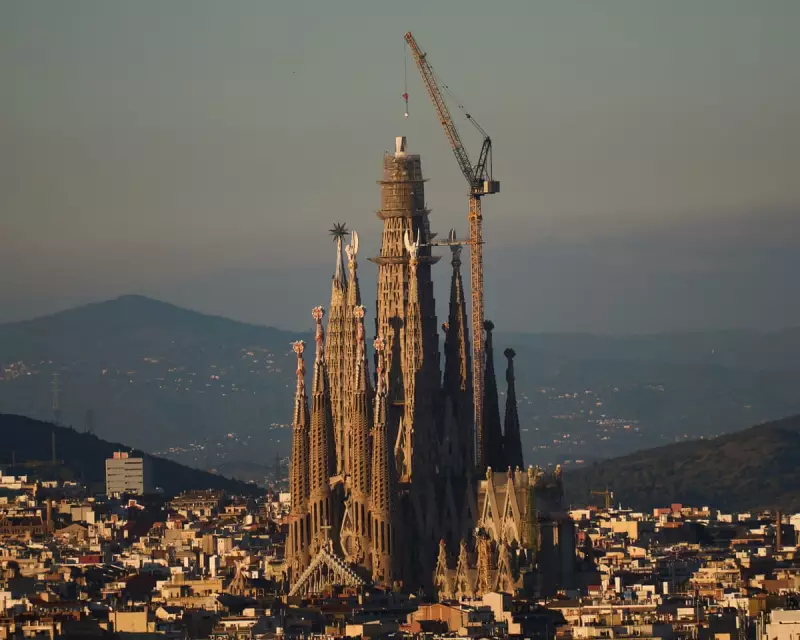
In a breathtaking architectural triumph that's been over a century in the making, Barcelona's iconic Sagrada Família has officially claimed the title of the world's tallest church. This monumental achievement comes after 143 years of painstaking construction, finally realising Antoni Gaudí's visionary dream.
A Sky-Piercing Achievement
The basilica's central tower, dedicated to Jesus Christ, now soars to an incredible 172.5 metres (566 feet), eclipsing the previous record-holder, Ulm Minster in Germany, by a full two metres. This makes the Sagrada Família not just a religious landmark, but a testament to human perseverance and architectural ambition.
Gaudí's Dream Realised
Construction began in 1882, with the revolutionary architect Antoni Gaudí taking over the project a year later. Though he devoted over 40 years of his life to the basilica, Gaudí knew he wouldn't live to see its completion. His famous words, "My client is not in a hurry," have never felt more poignant as the structure finally reaches for the heavens as he intended.
Modern Engineering Meets Historic Vision
The recent completion of the tower represents a fascinating blend of Gaudí's original designs with cutting-edge 21st-century construction technology. Modern cranes and computer modelling have worked alongside traditional craftsmanship to bring the architect's unique vision to life, creating one of the most extraordinary buildings of our time.
More Than Just Height
While the height record is significant, the Sagrada Família's true marvel lies in its breathtaking design. The basilica features:
- Three magnificent facades depicting the Nativity, Passion, and Glory
- Eighteen spires representing the Twelve Apostles, four Evangelists, the Virgin Mary, and Jesus Christ
- Groundbreaking structural innovations inspired by natural forms
- Stunning stained glass that transforms the interior into a kaleidoscope of colour
Despite this major milestone, construction continues on the basilica, with the project team now focusing on completing the main Glory façade. The anticipated completion date remains set for 2026, marking the centenary of Gaudí's death, though some decorative elements may take additional years to finish.
This historic achievement cements Barcelona's position as a global centre of architectural innovation and ensures that Gaudí's masterpiece will continue to inspire wonder for generations to come.





